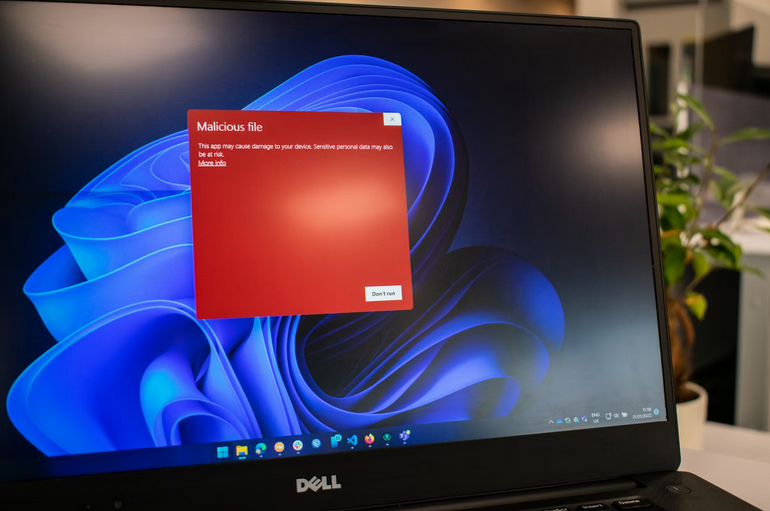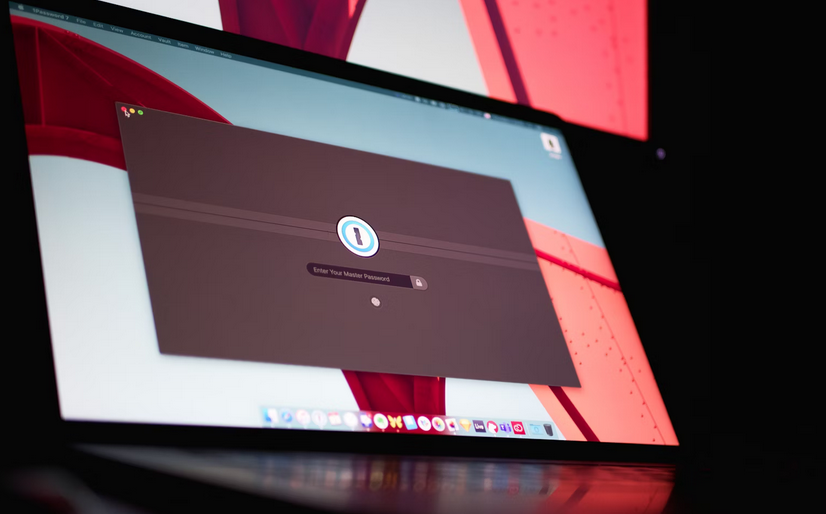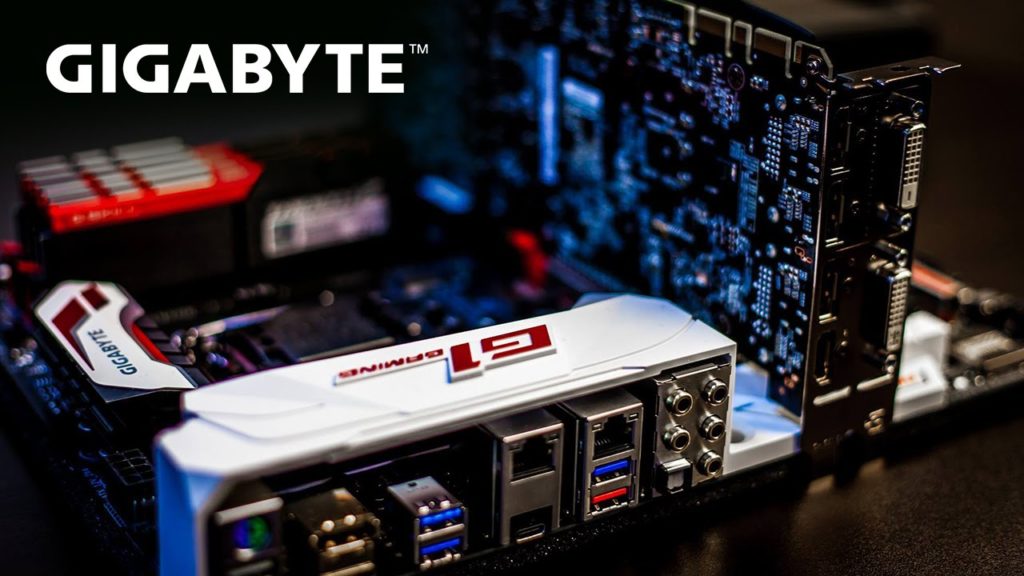Guarding Your Virtual Realm: Best Practices for Malware Protection

Welcome to the digital age, where our virtual realm is just as important as our physical one. With cyber threats lurking around every corner, safeguarding your online presence has never been more crucial. Minneapolis IT Support has been trusted by businesses of all sizes to protect their virtual realm from malware and cyberattacks.
In this blog, we’ll discuss the best practices for malware protection to keep your digital world safe and secure. In this blog post, we will delve into the best practices for malware protection to help you fortify your defenses and keep your digital kingdom secure. Let’s dive in and armor up against malicious attacks.
Use Antivirus Software
In the battlefield of cyberspace, having reliable antivirus software is like having a vigilant sentry guarding your virtual gates. These programs act as shields against malware, detecting and eliminating threats before they can infiltrate your system. Regularly updating your antivirus software ensures that it is equipped to combat the latest cyber threats.
When choosing an antivirus program, opt for one from a reputable provider with a proven track record of effectiveness. Additionally, consider features such as real-time scanning and automatic updates to bolster your defenses further. Remember, prevention is key in the ongoing battle against malware. Don’t wait until it’s too late – arm yourself with powerful antivirus protection and fortify your digital stronghold against malicious attacks.
Enable Firewall Protection

Enabling firewall protection is like having a security guard at the entrance of your virtual realm, filtering out potential threats before they even have a chance to enter. It is a barrier between your network and the vast ocean of malicious entities lurking online. Firewalls monitor incoming and outgoing traffic based on predetermined security rules, ensuring that only authorized connections are allowed while blocking suspicious activities.
By setting up these virtual barriers, you add an extra layer of defense to safeguard your sensitive data from cybercriminals looking for vulnerabilities to exploit. Just like how a physical firewall shields buildings from spreading fires, digital firewalls shield your devices and networks from spreading malware infections. Whether browsing the web or accessing confidential information, an active firewall provides invaluable protection against unauthorized access and potential cyber-attacks.
Secure Your Network
Securing your network is crucial in safeguarding your virtual realm against malware threats. Start by changing default passwords on routers and other network devices. Hackers often target these default settings as an easy way to gain access. Additionally, consider using a Virtual Private Network (VPN) to encrypt data transmitted over networks, protecting it from prying eyes. Regularly update firmware on all network devices to patch vulnerabilities that cybercriminals could exploit. Segment your network into separate zones for different levels of trust. This way, the entire network isn’t at risk if one area is compromised.
Implement Least Privilege Access

Implementing least-privilege access is like giving each person in your virtual realm a key to only their designated room. It ensures that users have access only to the information and tools necessary for their specific tasks, minimizing the risk of unauthorized access. Limiting privileges reduces the chances of malware spreading throughout your network.
This practice enhances security and improves overall system performance by preventing unnecessary software installations or changes that could potentially introduce vulnerabilities. When users have limited permissions, cyber threats are less likely to exploit weaknesses in your system. It’s all about balancing providing enough access for employees to fulfill their roles effectively while protecting sensitive data from potential breaches.…





 What office doesn’t have a fax machine? Despite almost touching 2019, nearly every office has a fax machine, and you should have one too! Of course, you can always send a fax through Gmail but having this will help your employee’s life much more comfortable.
What office doesn’t have a fax machine? Despite almost touching 2019, nearly every office has a fax machine, and you should have one too! Of course, you can always send a fax through Gmail but having this will help your employee’s life much more comfortable.

